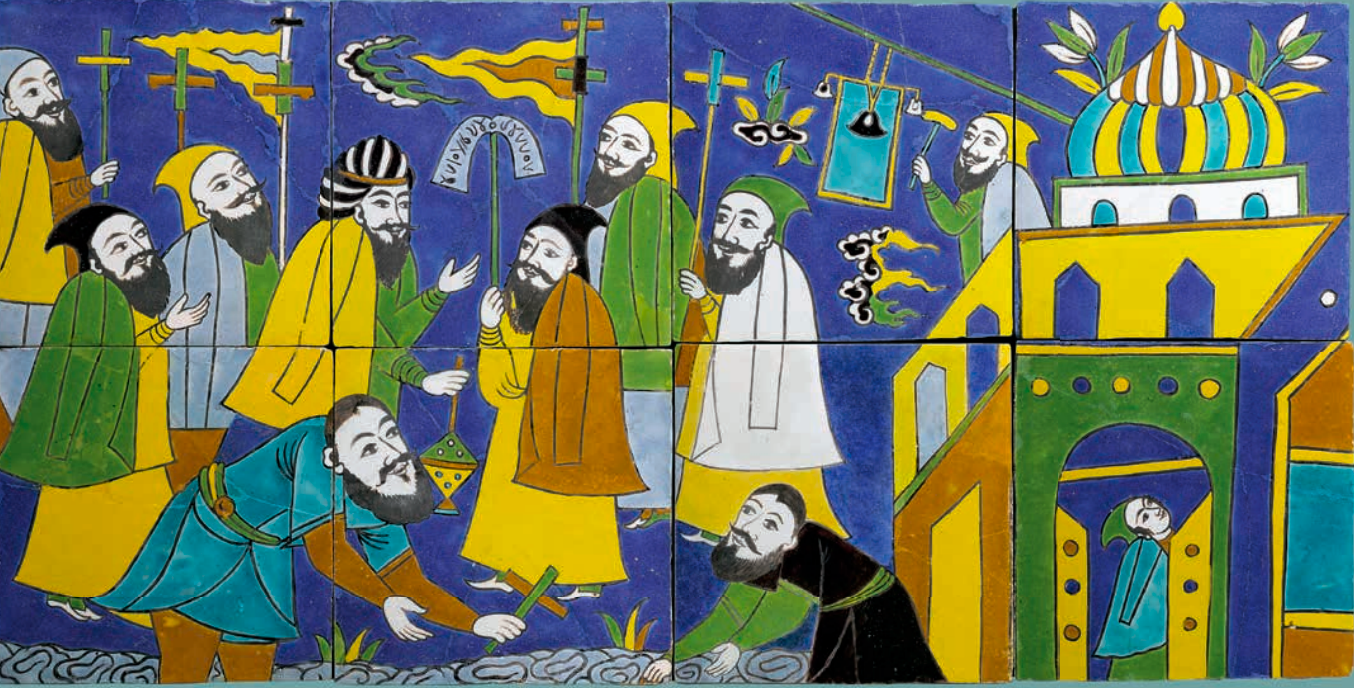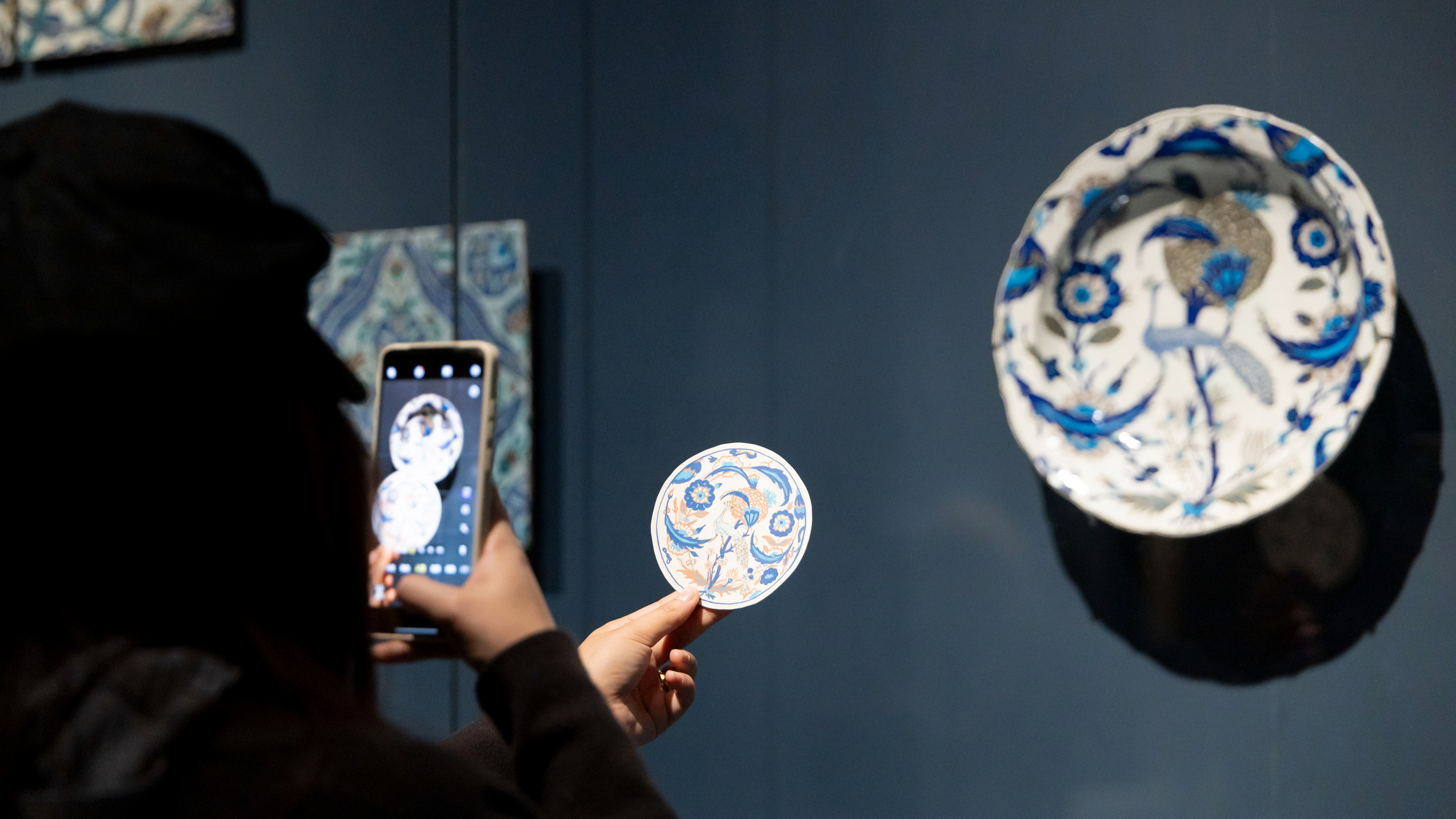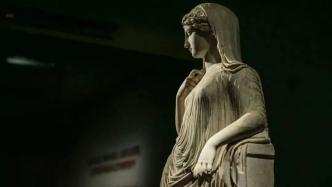
On December 21, 2022, "Beautiful Lands: Collections of the National Archaeological Museum of Naples" will open to the public at Shanghai Pudong Art Museum. About 70 rare treasures from the National Archaeological Museum of Naples. Most of the exhibits come from ancient Rome about 2,000 years ago, including sculptures, mosaics, murals, bronzes and glass products in various forms of art, recreating the splendid civilization of ancient Rome from different aspects.
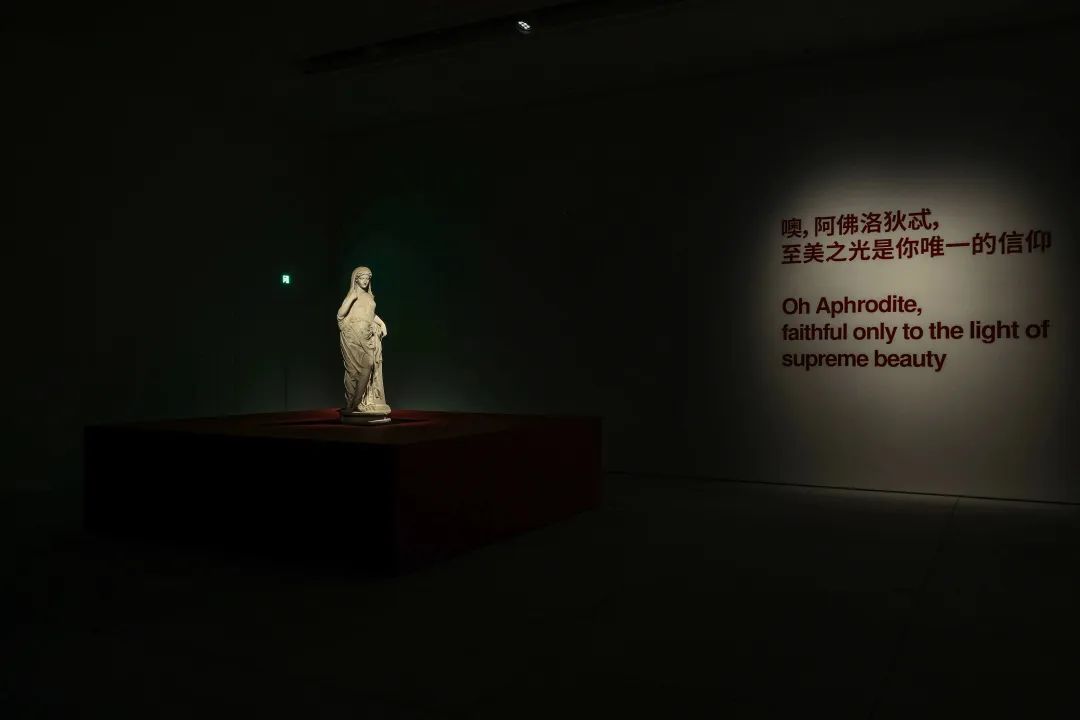
exhibition site
The National Archaeological Museum of Naples dates back to the 18th century and is one of the oldest and most important archaeological museums in Italy. This world-class cultural relics museum houses precious cultural relics such as ancient Roman murals and daily necessities unearthed in the ancient cities of Pompeii and Herculaneum, as well as the Farnese Collection. multiple series of collections.
This exhibition is the first large-scale cooperation between the National Archaeological Museum of Naples and a Chinese modern and contemporary art institution. It is a grand display of the ancient Roman civilization more than 2,000 years ago. Most of the exhibits come from the "Relics from the Ancient City of Pompeii and Herculaneum" and the "Farnese Collection". Leave your home country to participate in overseas exhibitions.
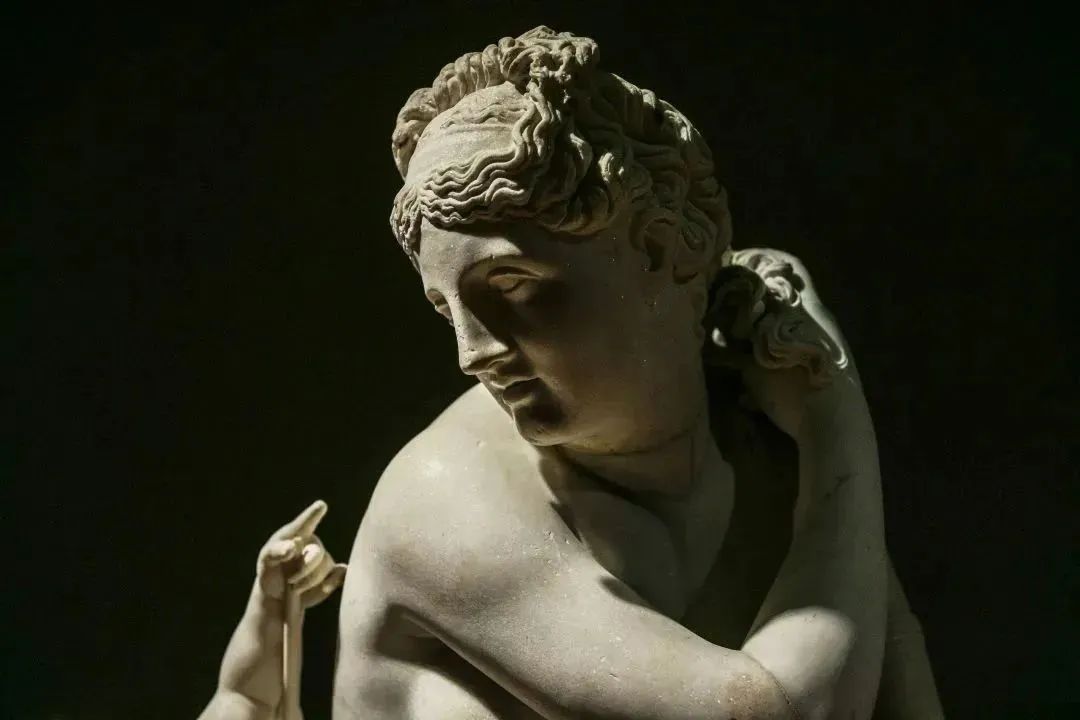
Exhibition site "Bending Aphrodite and Eros"
"Love and Beauty": The Faith of the Light of the Most Beautiful
The exhibition is located in the exhibition halls on the first and third floors of the art museum. The first part of "Love and Beauty" starts with two marble statues in the first floor exhibition hall. The characters and shapes of these two statues are different, but they both express Greek mythology. The "goddess of love and beauty" Aphrodite (Aphrodite), that is, Venus (Venus) in the Roman population. In mythology, she endows everything with the quality of "beauty".
The two sculptures located alone in the exhibition hall on the first floor are "Bending Aphrodite and Eros" (Venus and Cupid) and "Reclining Aphrodite".

Exhibition view "Bending Aphrodite and Eros". The surging news reporter
Aphrodite in "Bending Aphrodite and Eros" is crouching on the bathing platform. The ancient Greek sculptor Praxiteles (Praxiteles, mainly created in 370-330 BC) ) The contemplation of divine beauty is here expressed as the downward curling of the goddess's body.

Installation view of "Reclining Aphrodite". surging news
"Reclining Aphrodite" was originally placed in a niche with a certain height so that the viewer can appreciate it from the bottom up. Interpretation of connections between designs. In this sculpture, the head of the goddess is covered, and a hooded hood covers her robe, giving the sculpture a "rainy day" atmosphere. This replica created during the Antonine period is in line with the Romans' taste for all kinds of classical beauty. Its prototype can be traced back to the 5th century BC. towards the viewer.

Exhibition View "Reclining Aphrodite"
The second part of the "Love and Beauty" unit presented more sculptures of mythological characters to the audience. Highlights include: Diana Lucifera, the goddess of light, Athena, the goddess of wisdom, etc.
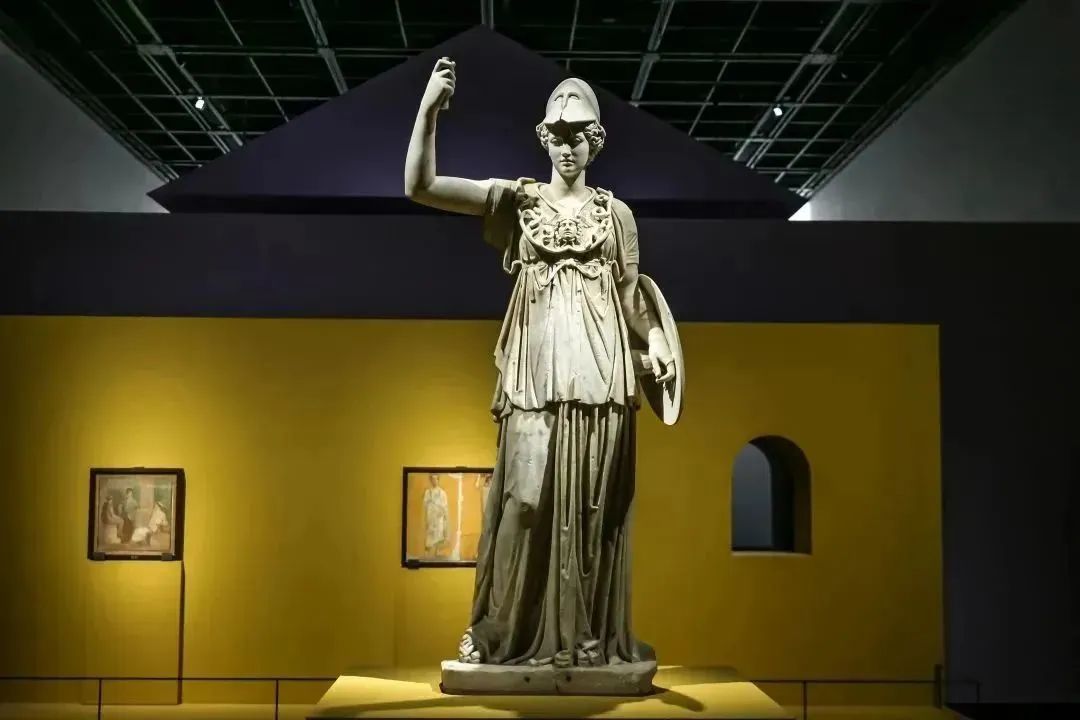
exhibition site
These three-dimensional sculptures complement each other with the murals depicting Greek and Roman mythology in the same exhibition hall, and jointly tell the glory of ancient Roman civilization. In the exhibition, Zeus, the head of the gods, does not directly appear in the form of his body. But the mural "Leda and the Swan" (Leda and the Swan) from Pompeii in the 1st century AD tells the story of Zeus falling in love with Queen Leda of Sparta and turning into a swan to court her. In Western art, Zeus frequently appears as a swan. This hidden "easter egg" indirectly invites the audience to step further into the world of fairy tales.
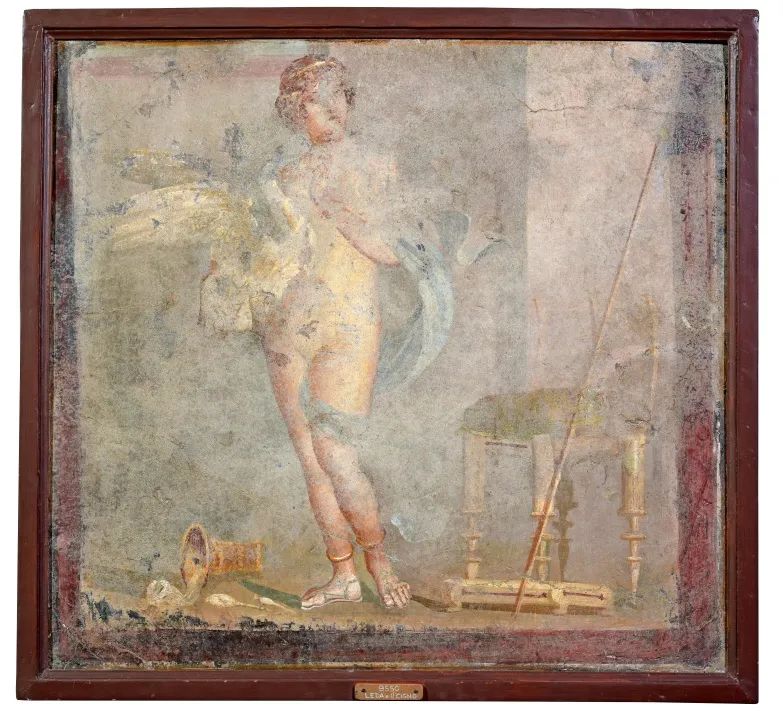
Leda and the Swan, painted fresco, 1st century AD, Pompeii, National Archaeological Museum of Naples, image courtesy of National Archaeological Museum of Naples
It is also worth noting that the sculpture "Plum Venus" (Plum Venus), which was exhibited in the opening exhibition "Cai Guoqiang: Traveling and Returning" at the Pudong Art Museum, was inspired by the National Archaeological Museum of Naples. The treasure of the town hall, "Statue of Venus Callipyge" (Statue of Venus Callipyge) also came to Shanghai this time.
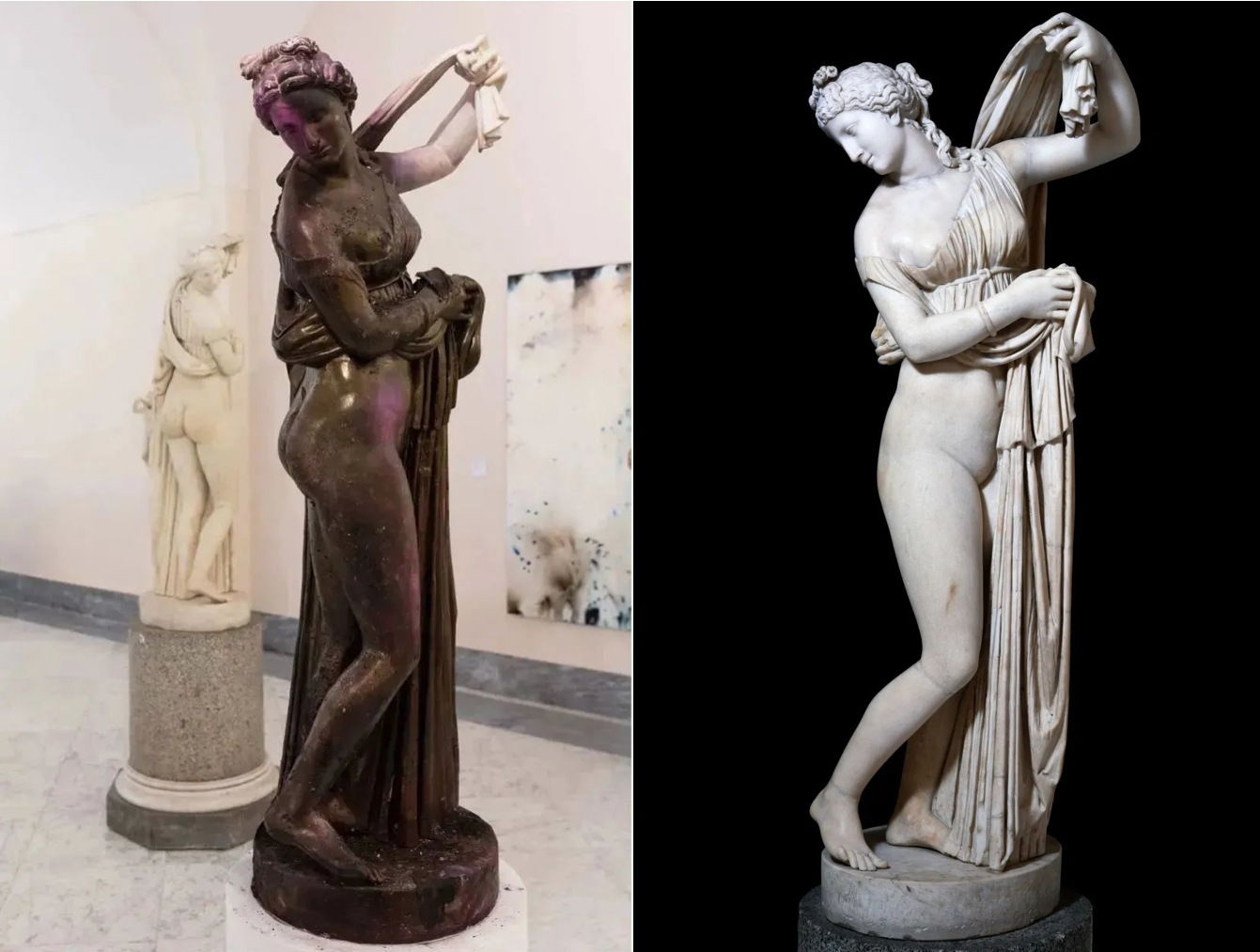
Right: "The Back of Venus", marble, 2nd century AD, Rome, National Archaeological Museum of Naples, photo courtesy: National Archaeological Museum of Naples; Left: Cai Guoqiang. "Rose Venus", gunpowder and plaster, 2019, courtesy of Cai Studio
"The Back of Venus" depicts the posture of the goddess raising her robe before taking a bath. Looking around the work, Venus's head-turning gesture reflects the natural beauty of her body shape, and the contrast between the lines of the robe and the curves of the body shows a balance. She seems to be admiring her own reflection in the water, and implies her satisfaction with this beauty.

Exhibition site "The Back View of Venus"
Next to The Back of Venus is the black Apollo Citharoedus. In Homer, they are all children of Zeus. Compared with Venus, which represents tangible beauty, Apollo represents light and endows human beings with immaterial beauty such as art, music and poetry. The two contrast in color, shape and meaning, fully embodying the two ideal images of men and women in Western culture in ancient Rome.

Exhibition site "Apollo holding a sitar"
Power and Beauty: A Dialogue between God and Man
The concept of "beauty" permeated every aspect of the human image in ancient Rome, such as outstanding mortals such as poets, artists, and war leaders, as well as gods.
The sculpture figures in the exhibition unit "Power and Beauty" have a variety of archetypes, including common patron saints in ancient mythology: Hercules, Isis, Mercury and other characters; Statues depicting many famous people in real life, such as the Greek military leader Demetrius Poliorcetes.

Narcissus, painted fresco, 1st century AD, Pompeii, National Archaeological Museum of Naples, image courtesy of National Archaeological Museum of Naples
Similarly, the murals on display also tell many wonderful stories around the theme of "power". For example, the mural "Narcissus" (Narcissus) unearthed in Pompeii in the 1st century AD depicts the "world's most beautiful boy" leaning on the edge of a pond to admire his own reflection. In mythology, Narcissus has amazing beauty, but he is arrogant by nature and never accepts anyone's courtship. Under the protection of his mother, he has never seen his own appearance. Finally, by chance, he discovered and fell in love with his own reflection in the water. In the ending, the boy turns into a daffodil, staring at his amazing face forever.

Exhibition view, Pseudo-Seneca Head (pirate), bronze, 1st century AD, Herculaneum, National Archaeological Museum of Naples
Another highlight of "Power and Beauty" - "Herma of Pseudo-Seneca", that is, the sculpture of "pirate" often seen in art books, is the famous Stoic head of all existing recognized archetypes. The most exquisite and famous authentic bust of the philosopher Seneca. For art students, this statue is also one of the classic images that must be copied. The statue was unearthed from the Villa of the Papyri in ancient Rome: it is the most magnificent building in the ancient city of Herculaneum, discovered by archaeological excavations in the 18th century. From the villa, hundreds of precious cultural relics of great historical and archaeological significance including mosaics, marble and bronze statues, and document scrolls were unearthed, many of which are also presented in this unit.

exhibition site
Home and beauty: recreating life in Pompeii before the eruption
The elements of "beauty" filled every corner of ancient Rome. It not only exists in literary and artistic works, but also penetrates into secular life and becomes an inseparable part of social structure. Both villas and public buildings were adorned with ornate interiors reflecting the taste and style prevailing in Rome and the provinces of the Empire.

Mosaic of the Scene in the Procession of Lions and Bacchus, stone mosaic, 1st century BC, Pompeii, National Archaeological Museum of Naples, image courtesy of National Archaeological Museum of Naples
The exhibition unit "Home and Beauty" reproduces the life style of the ancient city in southern Italy in the 1st century AD before the eruption of the volcano. The highlight work in this unit is also the largest two-dimensional work - "Mosaic with Lion and Dionysian Procession" (Mosaic with Lion and Dionysian Procession) was unearthed in 1829 from an ancient Roman mansion in Pompeii. Bordered by delicate and colorful folds, this mosaic depicts the interior of a temple dedicated to Dionysus, the god of wine: Dionysus, priestesses and Cupid are surrounded by A male lion with a bushy mane and a garland of flowers. Wearing gold chains on its forelegs, the sacred beast seems overwhelmed by the power of the surrounding music and apparitions of Dionysus. The technique here is called worm patterning, and it uses tiny inlays just 3mm wide. The image on the mosaic is a direct reference to a sculpture by Arcesilaus, Lioness Playing with Cupids, which the Roman emperor Julius Ceaser built in his piazza This sculpture, indicating its prototype dates back to the 1st century BC.
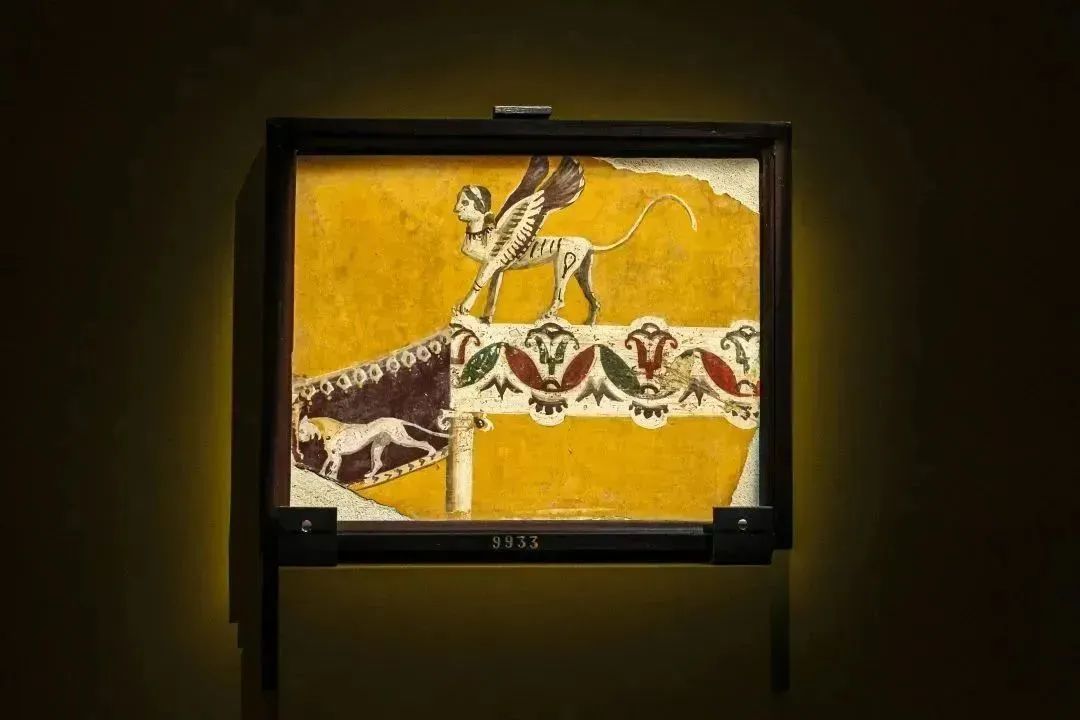
Exhibition view, "The Sphinx Standing on the Edge of the Tapestry" (Ponzi Fresco Third Style), painted mural, 1st century AD, Pomme, National Archaeological Museum of Naples
The series of glass objects on display in the exhibition focus on the various skills and forms developed by the Romans to adapt to various aspects of daily life. The daily use of glass objects is mainly in eating vessels (such as jugs, jars, glass Vessels and cups of all kinds) were also used to store oils and medicinal essences, as well as essential oils and perfumes from exotic sources. There is also a pottery "Portable Brazier" unearthed from the site of Mount Vesuvius in the exhibition, which shows the new invention of heating food and drinks on the table at that time.

glassware on display
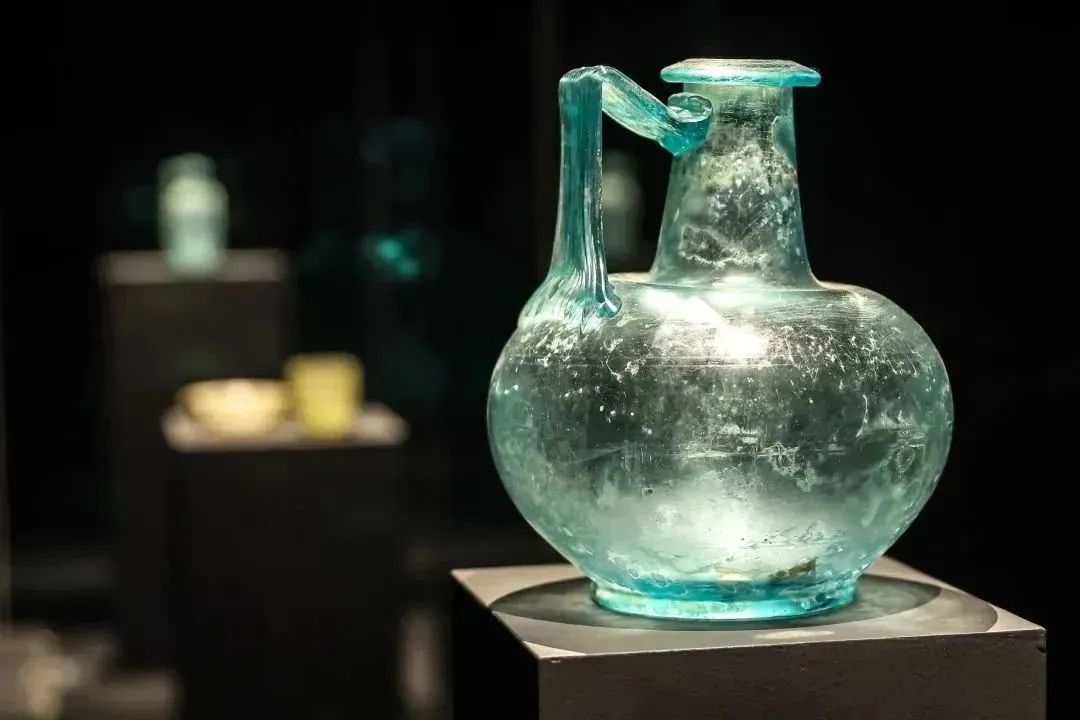
glassware on display
This unit has a very noteworthy sculpture "Farnese Asclepius" (Farnese Asclepius). The overall height of the work is 232 centimeters, making it the tallest sculpture in this exhibition. In Greek mythology, Asclepius is the son of Apollo, the sun god. He has superb medical skills and is known as the "God of Medicine". With his superb medical skills, he has saved many endangered patients and is the protector of mankind. The scepter coiled by snakes in his hand has become a symbol of Western medicine. In this special period, I hope his arrival can protect everyone's health.
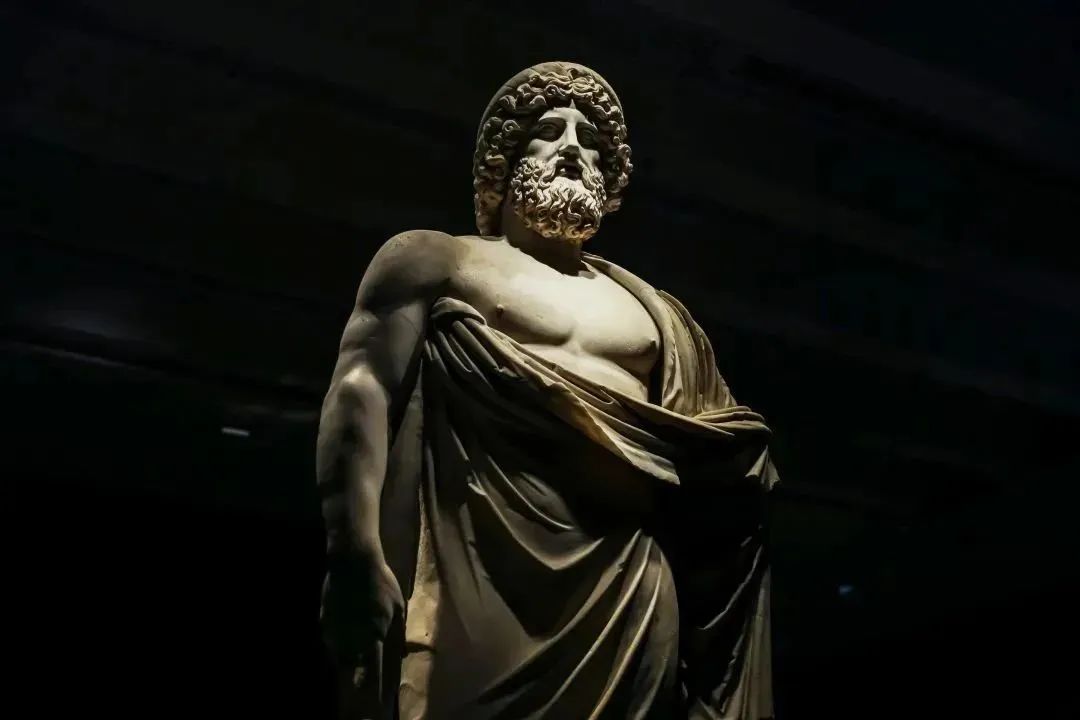
"Asclepius" at the exhibition.
In terms of exhibition design, the designer transformed the wide exhibition hall into a maze-like fantasy space by setting up rich partitions and windows in the exhibition hall. When the audience shuttles through it, they can meet unexpectedly with the combination of different exhibits through the carefully arranged viewing frames. For example, when standing in a particular location, a fresco depicting an ancient Roman garden scene will come into view alongside authentic garden architectural artifacts. Ingenious arrangements like these transform passive viewing into active behavior. The design team aims to play hide-and-seek with the audience about "beauty", arousing the audience's desire to find "beauty" between the faint and invisible.
[Note: The exhibition is produced by Shanghai Lujiazui (Group) Co., Ltd., co-sponsored by Pudong Art Museum and the National Archaeological Museum of Naples, Italy. As one of the "2022 China-Italy Year of Culture and Tourism" series of activities, the exhibition has received strong support from the Italian Consulate General in Shanghai, the Cultural Office of the Italian Consulate General in Shanghai, Mondo Mostre, and the Experimental Image Center (Rome). The exhibition will be on display until April 9, 2023. 】
